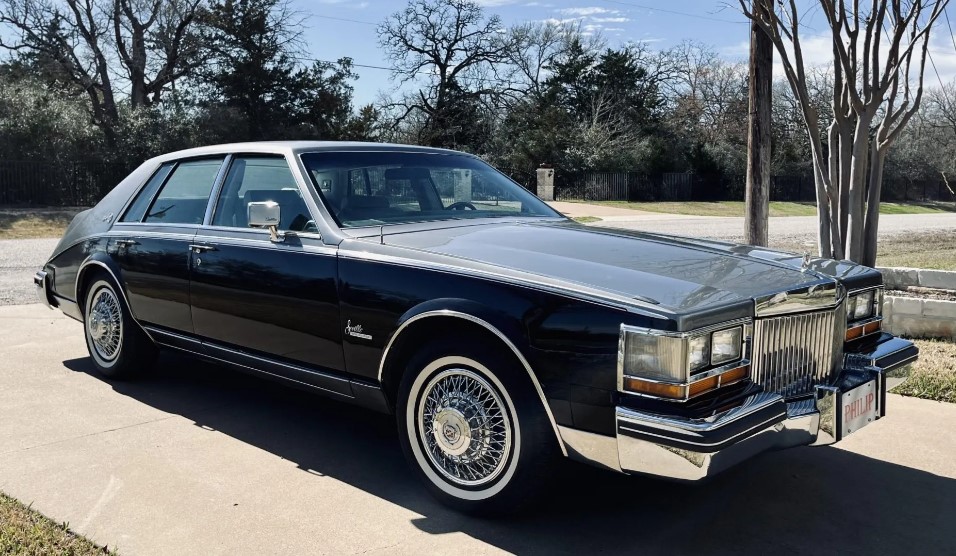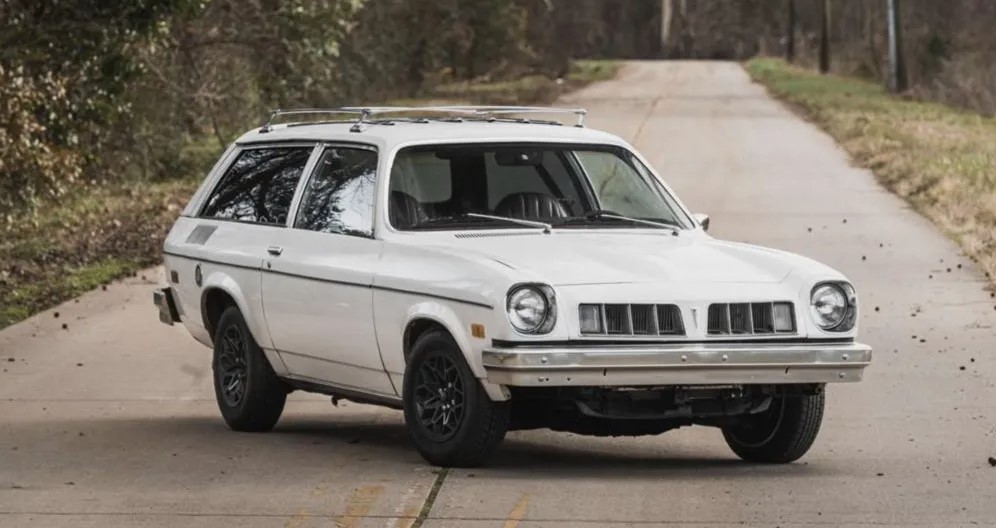The year 1956 was a hallmark in the annals of automotive history, marked by the release of the Dodge Coronet Lancer. This car was not merely a mode of transportation; it was a statement of style, power, and innovation that reflected the spirit of its time. The Dodge Coronet Lancer emerged during an era when America was riding the wave of post-war prosperity. Cars were no longer just utilitarian vehicles; they were symbols of freedom and status. The Coronet Lancer, with its sleek design and powerful engine, quickly became a coveted jewel in Dodge’s crown.
Body Color: Two-Tone Blue & White
Engine Size: 315ci V8
Transmission Type: Two-Speed Automatic Transmission
(Scroll down for more videos & photos)

History and Background
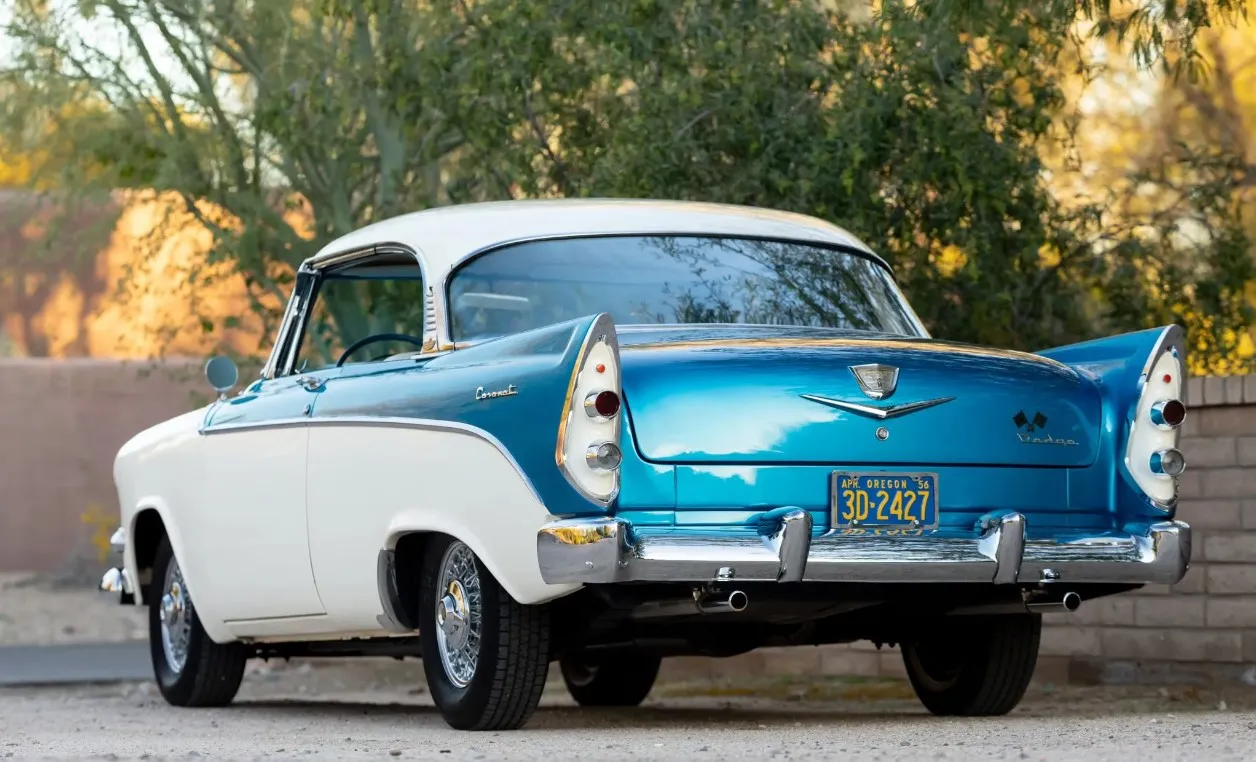
The Dodge Coronet, first introduced in 1949, was Dodge’s post-war answer to America’s growing demand for stylish and affordable cars. By 1956, the Coronet had undergone several redesigns, each time becoming more luxurious and powerful. The Lancer badge, introduced that year, represented the top-of-the-line hardtop coupes, which quickly became synonymous with 1950s American culture and style.
Design and Styling
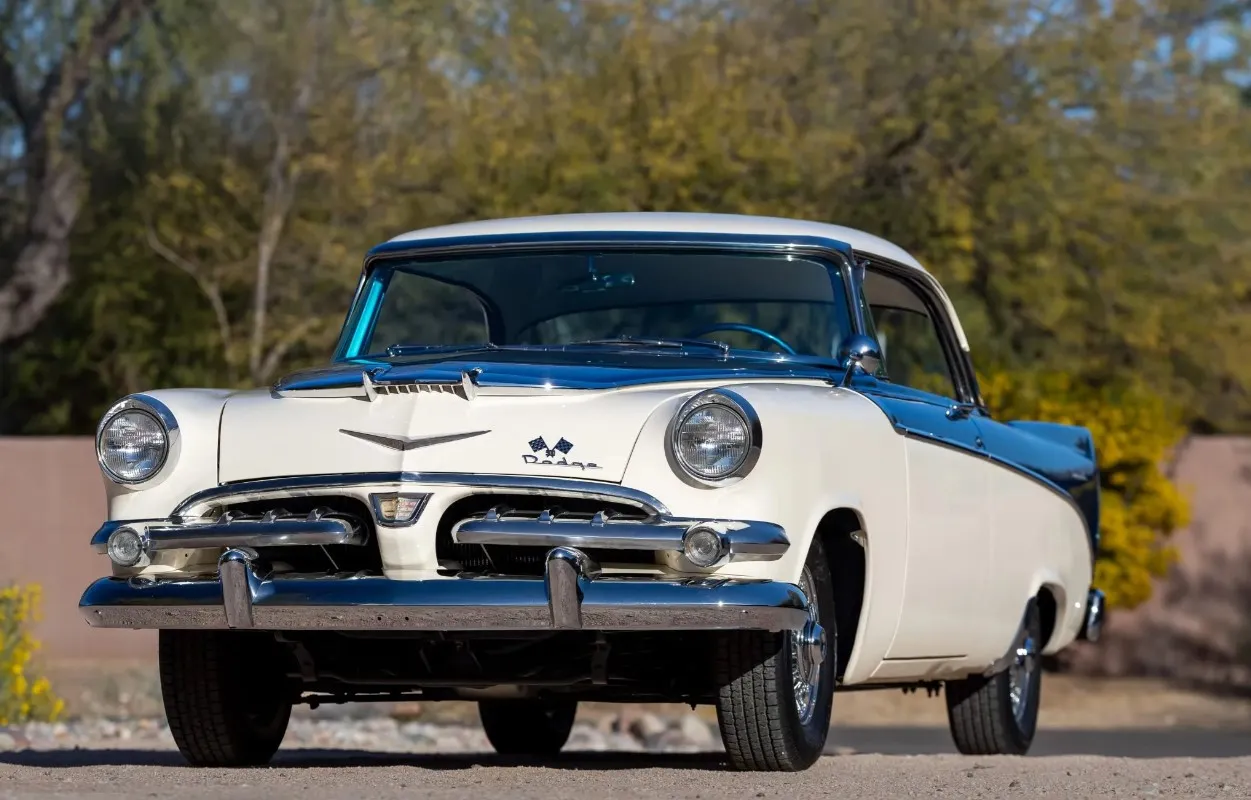
The 1956 Coronet Lancer was a product of Chrysler’s “Forward Look” design philosophy, spearheaded by the legendary designer Virgil Exner. The car featured a bold front grille, dramatic tail fins, and a two-tone color scheme that accentuated its long, low silhouette. These design elements not only made the car look like it was moving even when parked but also reflected the era’s fascination with space and aviation.
Performance and Capabilities
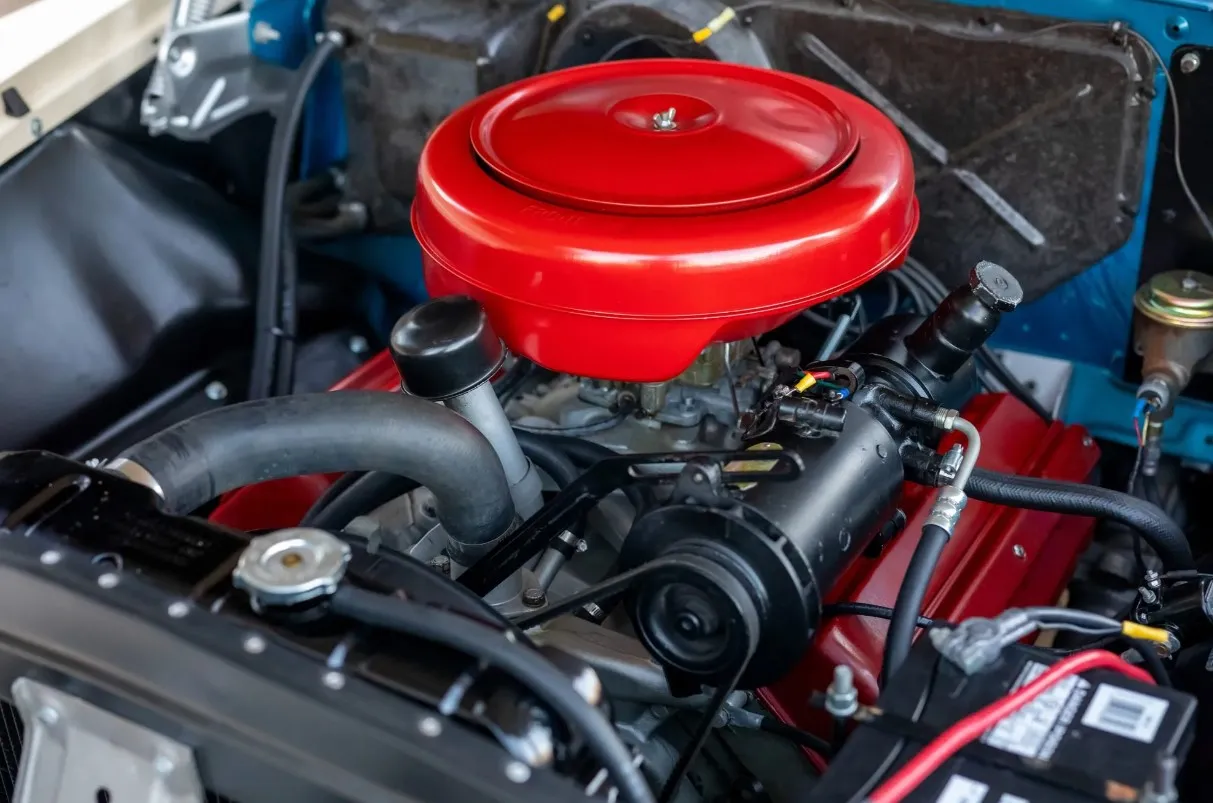
The Coronet Lancer’s performance was headlined by the introduction of the optional D-500 package, which included a 315 cubic-inch Hemi V8 engine. This powertrain was capable of producing 260 horsepower, a remarkable figure for the time. It allowed the Lancer to perform admirably on both the road and the racetrack, where it competed in NASCAR and other motorsports events.
Interior and Features
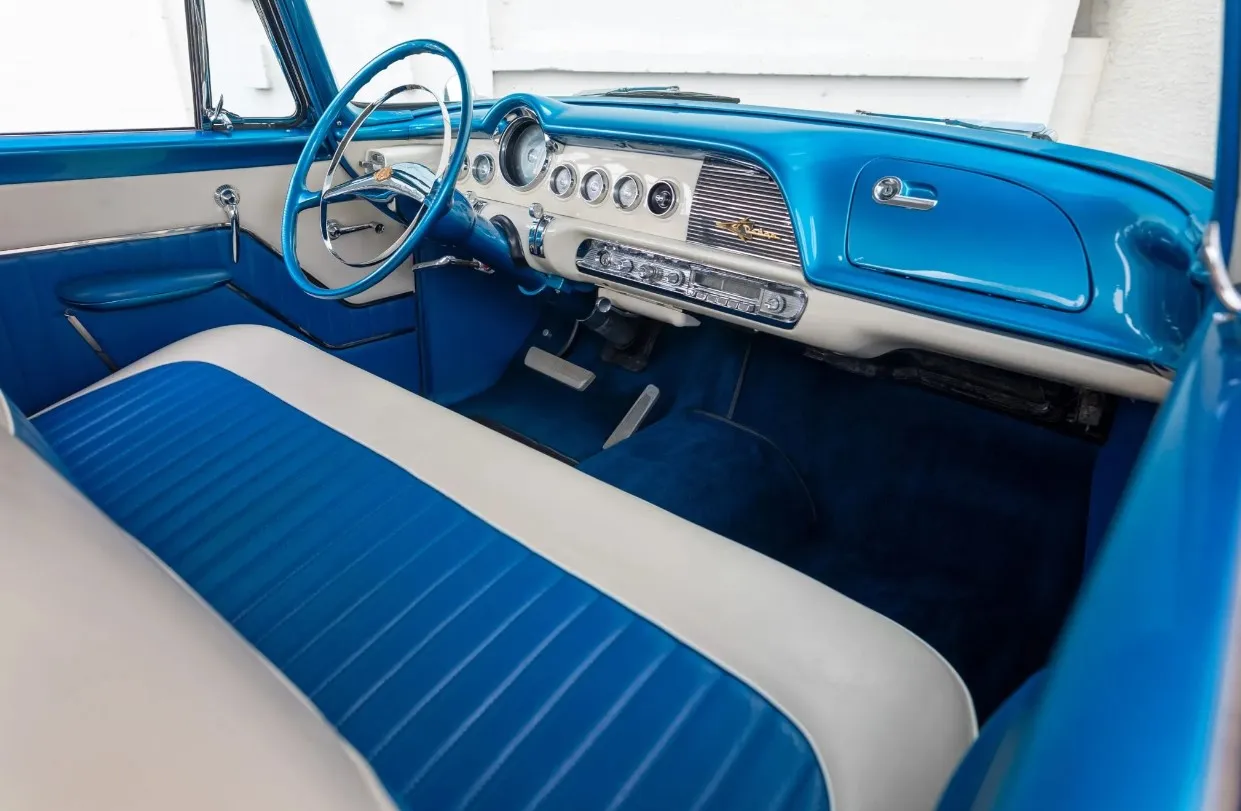
Inside, the Coronet Lancer offered a spacious and comfortable cabin, with a dashboard that featured a full array of gauges and a push-button automatic transmission. Options like power steering, power brakes, and air conditioning were available, which added to the car’s luxury status. The interior’s design was a blend of functionality and elegance, with chrome accents and premium materials.
Legacy and Popularity

The legacy of the 1956 Dodge Coronet Lancer is enduring. It represents a time when American automakers were at the forefront of design and innovation. The Lancer’s popularity continues to grow among classic car enthusiasts, who are drawn to its unique combination of style, power, and historical significance.
Restoration and Modification

Restoration of a Coronet Lancer often involves meticulous attention to detail to return the car to its original condition. However, some owners prefer to modify these classics, installing modern engines, brakes, and suspension systems to improve performance and reliability while retaining the car’s vintage charm.
Collector’s Market and Valuation

On the collector’s market, the 1956 Dodge Coronet Lancer is highly valued, especially well-preserved or expertly restored examples. Its valuation can vary widely based on condition, originality, and historical significance. Rare options and configurations, such as the D-500 engine, can significantly increase a Lancer’s value.
Conclusion

The 1956 Dodge Coronet Lancer is not just a car; it’s a piece of Americana. For many, it embodies the best of a bygone era and continues to be celebrated for its contribution to automotive history. Whether restored to original condition or modified for modern roads, the Lancer remains a beloved icon of the 1950s.
Video Gallery
Photo Gallery





































































